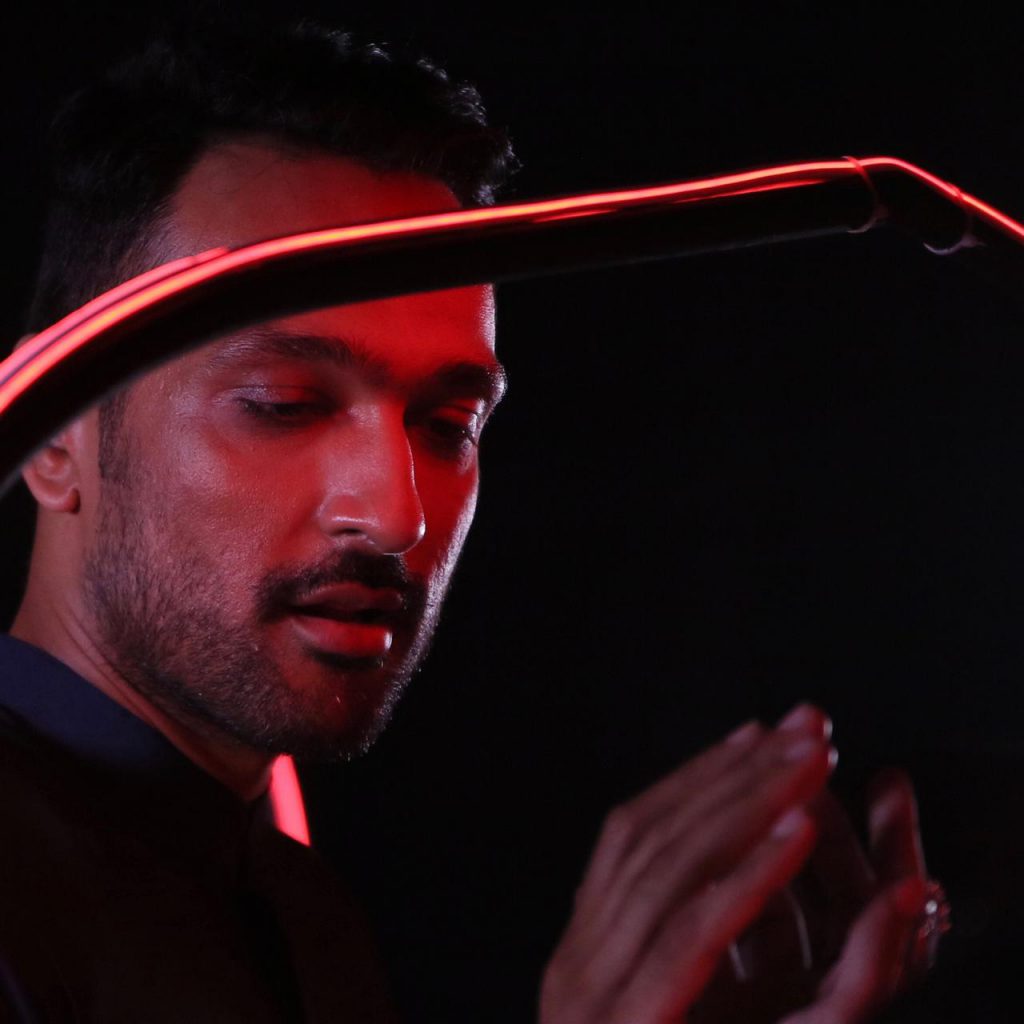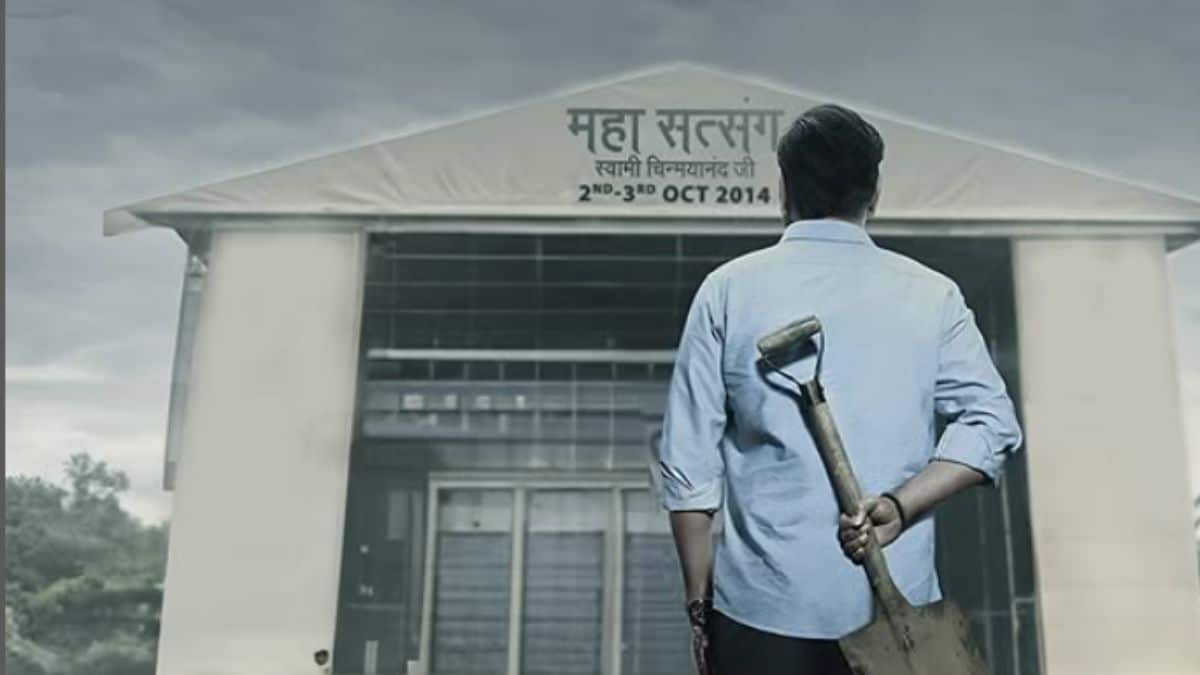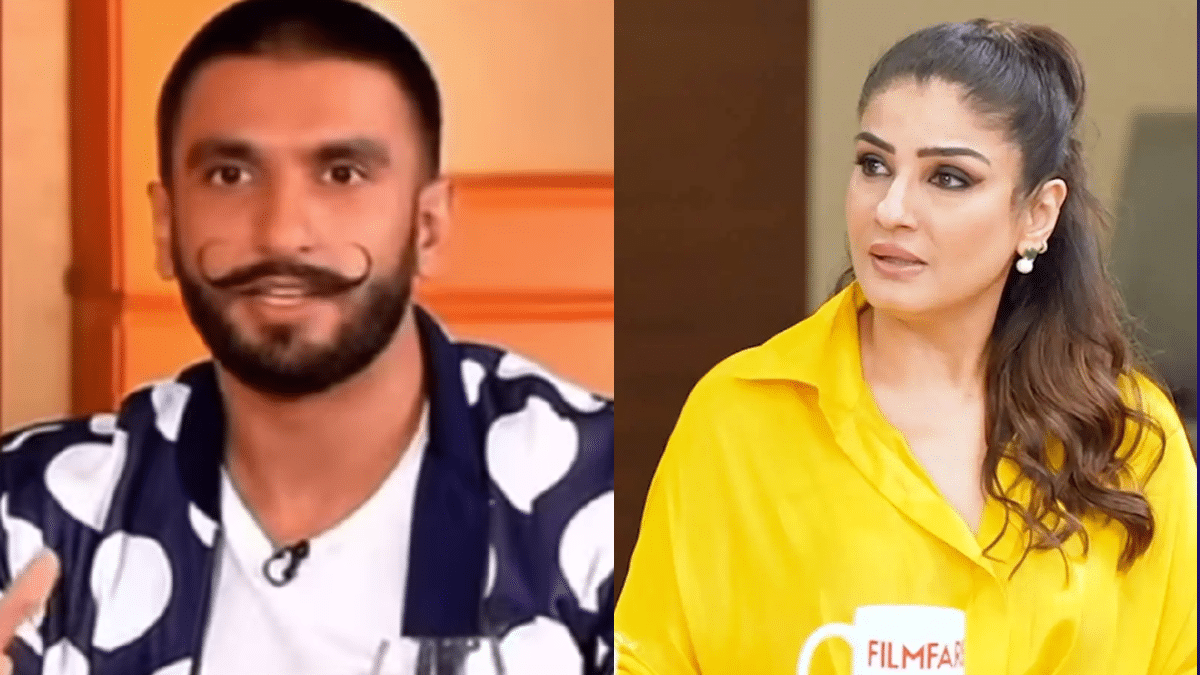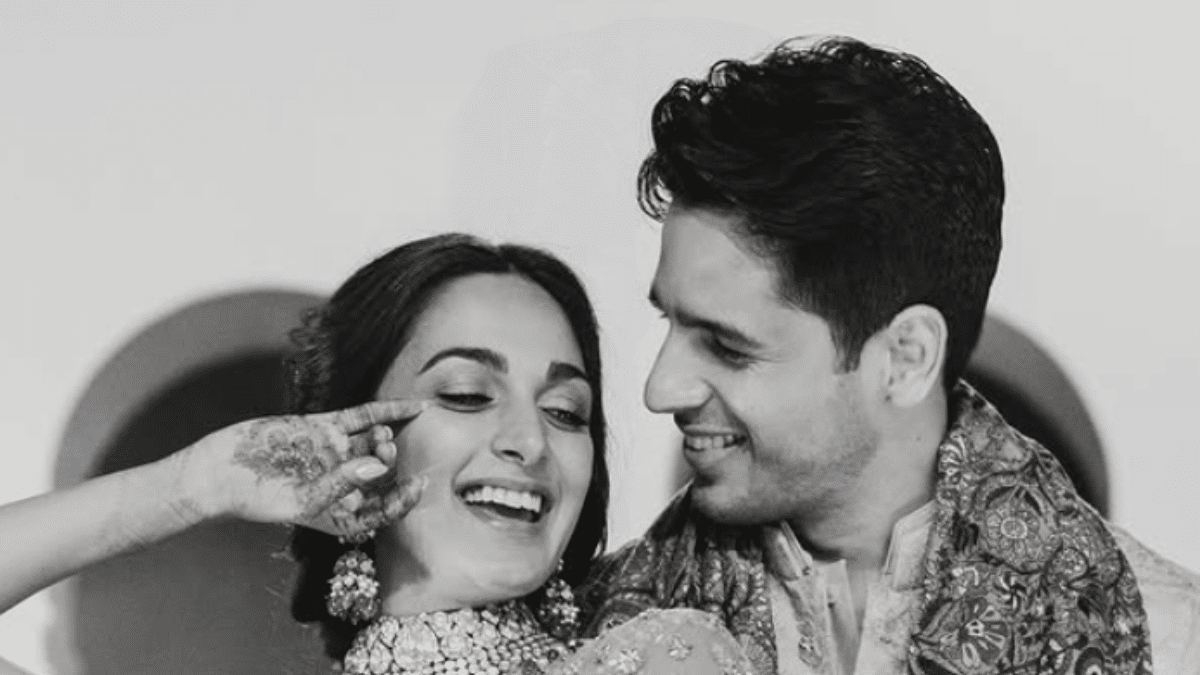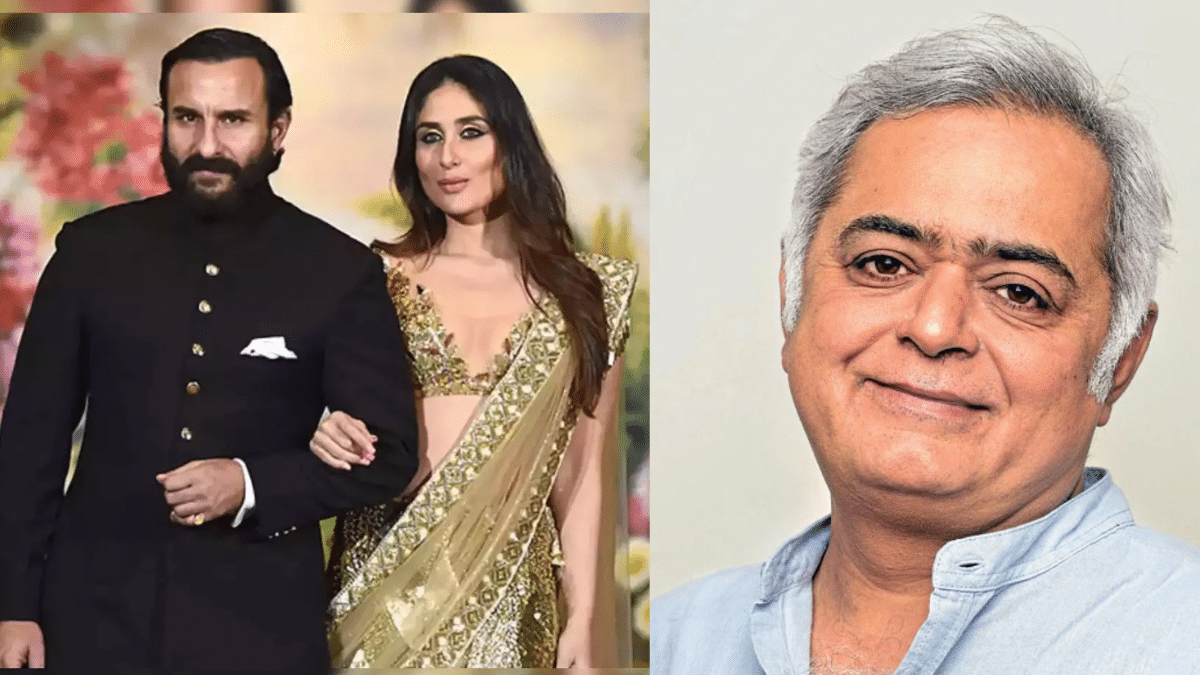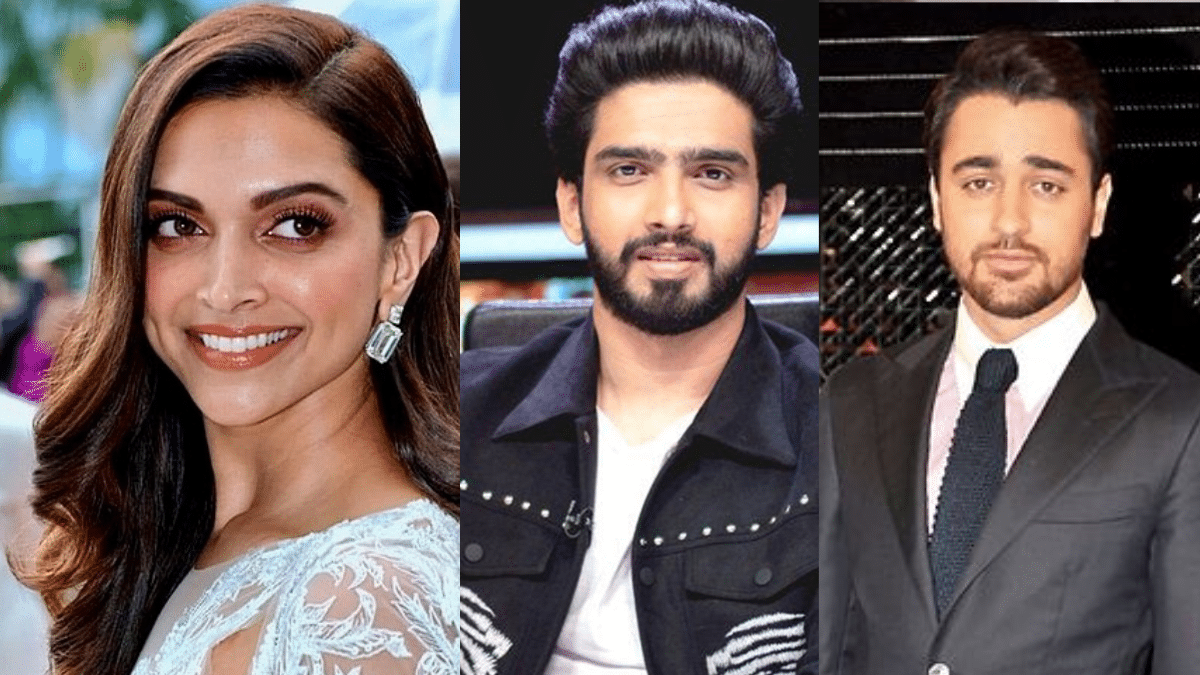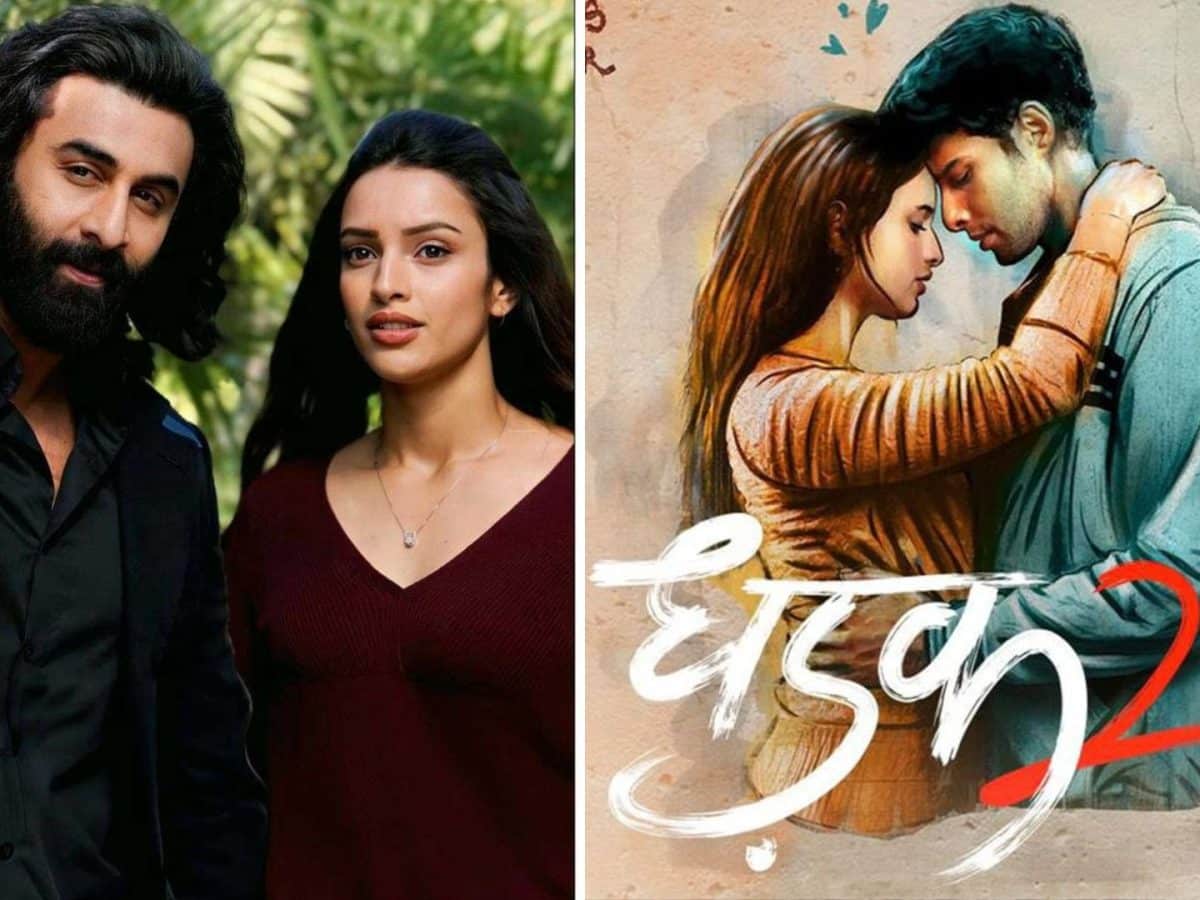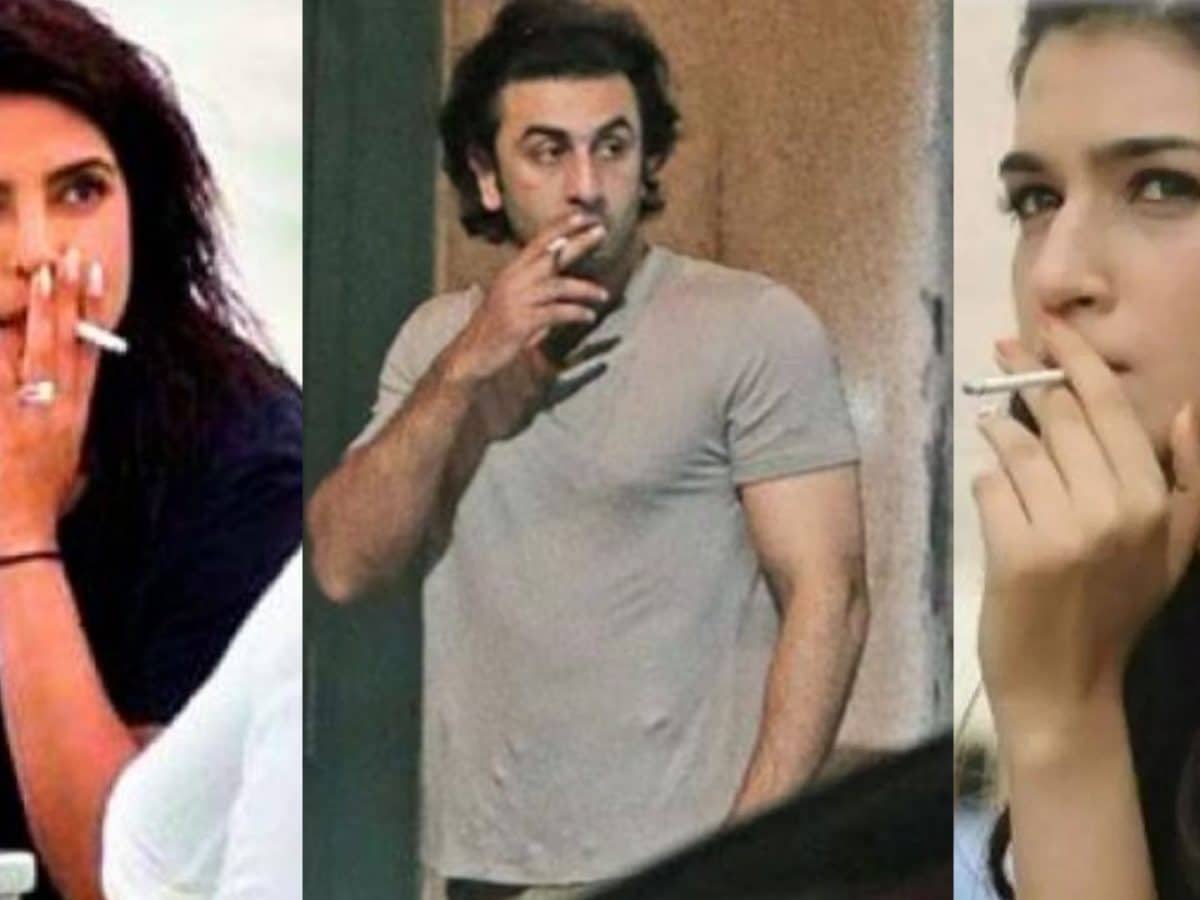Talking of Chandni Raat by Ali Sethi, one should surely credit him for introducing the lost tradition of ghazal to the young generation. There was a time when Pakistan was known for its iconic ghazal singers like Mehdi Hassan, Iqbal Bano, Fareeda Khanum, and many others. Their work was not only appreciated in the hardcore classical circles but also among the masses. This is why many ghazals were also made part of the popular film music back then. The demarcation between popular music and the classical genre was not distinct. However, with time this started diminishing. The new generation could neither remain inclined towards classic poetry nor towards classical music.
Ali Sethi popularised the lost art of ghazal among youngsters
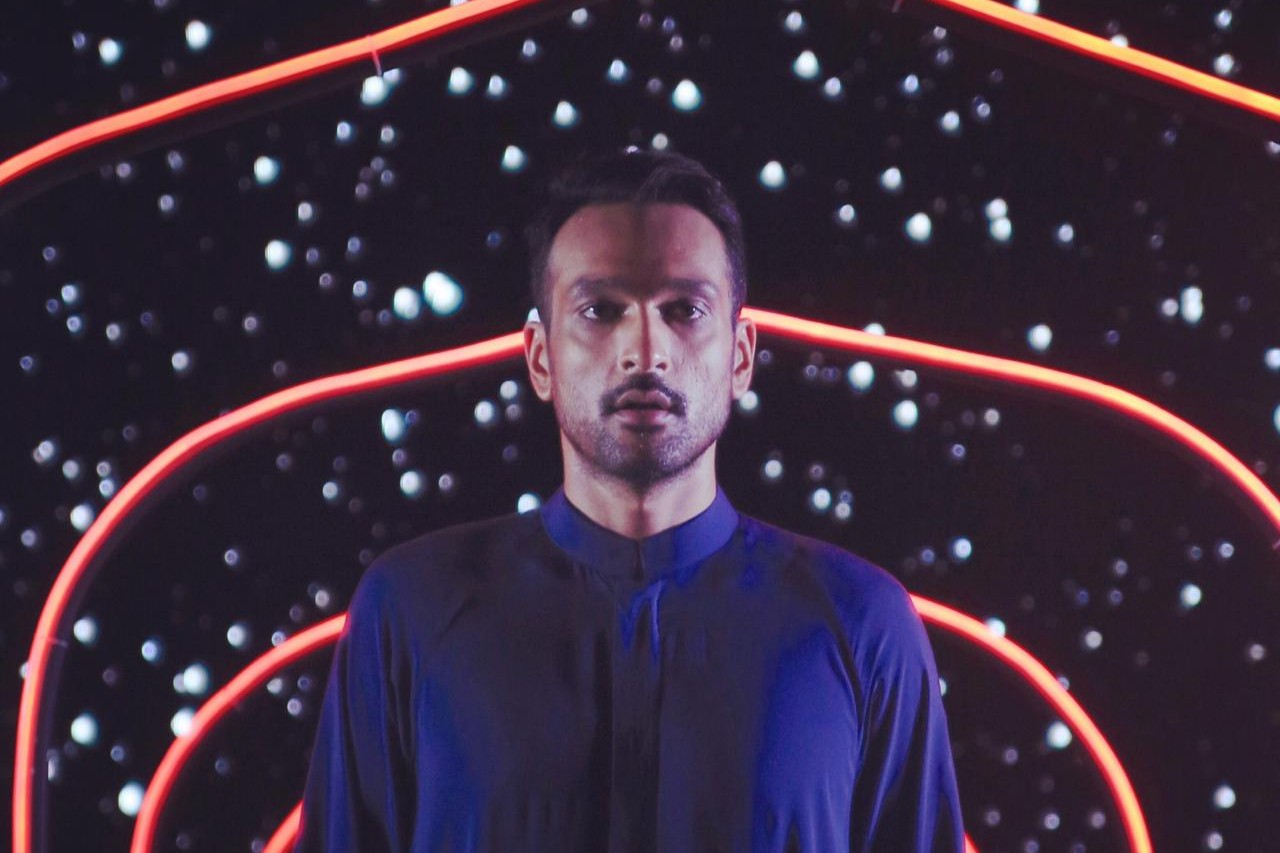
Ali Sethi
Ali Sethi who has studied at Harvard and comes from one of the most famous families in Pakistan decided to pursue his passion for music. Since he came from a sound literary family which believed in staying focused towards its roots and culture, it was no wonder that both Ali Sethi and his younger sister Mira Sethi developed an interest in literature and performing arts.
Ali Sethi learned classical music to have a sound know-how of the craft before venturing into it. He plunged into ghazal and popularized it within the masses. Ali Sethi could not get the couplet by Saifuddin Saif out of his mind for long. Just like most of his songs, his track Chandni Raat is also a classical number. The ghazal penned down by Saif Uddin Saif’s ghazal was further touched up by the Lahore based lyricist Shakeel Sohail to add more meaning to the concept. According to Ali Sethi, he first read the couplet.
‘Chadni rata bari der kay baad aayi hai. Lab par ek baat bari der kay baad aayi hai’
Ali Sethi could not get it out of his mind for a long time as it could be interpreted in a number of different ways. Considering the current wave of hatred and hopelessness among the masses, this particular poetry embodies hope and light in dark times.
No digital instrument has been used in the making of Chandi Raat
Composed in Raag gaud Sarang, Chandni Raat has been composed using only three instruments keeping the power of voice and melody more impactful. It only has a violin, horn, and a 130-year-old piano. Ali Sethi has kept himself deliberately away from any digital instrument in the making of this song.
Chandni Raat’s video is poetry in motion

Ali Sethi
The video of this ghazal is no less than the poetry. In fact, it sometimes feels like poetry in motion. Directed by Sarmad Khoosat and Awais Gohar, the song begins with Ali Sethi’s hand which has the starting couplet written on it in Urdu. Sprawled over five minutes, this particular music video is about people of different religious and ethnic backgrounds and generations coming together in a shared space trying to come in terms with one another. As the video proceeds, one sees them all coming together symbolizing unity and harmony with respect to diversity. The backdrop of the video is also of a moonlit night bringing people together.
Basically, this video is a mélange of contrasts which can be interpreted in a number of different ways.
Ali Sethi was basically a writer before starting singing
Ali Sethi, who was basically a writer famous for his critically acclaimed novel The Wish Makers, made his breakthrough in music when he sang Dil Jalaanay Ki Baat for Mira Nair’s film The Reluctant Fundamentalist.
Soon he recorded four more cover songs which included Mohabbat Karnay Walay by Mehdi Hassan and Kithay Nain Na Jori by Reshma. Kithay Nain Na Jorin was a massive hit and won Ali Sethi critical acclaim. Its video also featured Ali Sethi’s sister Mira Sethi including Sania Saeed and Adnan Siddiqui. Soon Ali Sethi became a phenomenon and since then there has been no looking back for the ghazal sensation of Pakistan.


